There are two products with the name SL that both make me want to spend some quality time with them. One is the Mercedes SL, especially the older models like the W113. Light, solidly-build, fast, with straight lines. The other is the Leica SL, a mirrorless camera that targets the market of high-end DSLRs. While no serious collector will hand me a W113 for a weekend, especially not one with a snowstorm on the horizon, the Leica Store Boston offers a weekend test-drive of the Leica SL. After having dropped two credit cards on the counter, one doesn’t seem to cover the system cost of $13k for the body and a 24-90mm 2.8-4 ASPH Vario-Elmarit lens, I walked out of the store with an Ona Brixton bag pulling on my shoulders. Just to clarify; I can not afford this camera. So why did I even care to trying this system? Here are a few reasons.

1. I am mostly using a Leica M system. It is fairly compact, the lenses are small, the interface is as simple as I want it to be. But for some lenses the rangefinder needs to be precisely adjusted to nail the focus. I know some of the focus characteristics of my lenses and I know that at some distances the focus is not right there where the rangefinders is telling me it would be. So I compensate slightly by under- or over focusing. It is not a huge problem, but as my eyes are starting to age, an electronic viewfinder can give me a much better focus confirmation. The SL has the best electronic viewfinder out there. Period. So I am curious to try it out and compare it to the rangefinder of the M. My dream may be a M camera with such a viewfinder. A new M may be announced on the 18th of January but my hopes are small to find such a finder in the next iteration of that classic camera.
2. The SL uses a new interface structure. Most noticeable are the four soft keys, which shift functions depending on what mode you are in. Overall the camera feels more modern than the M because it has no text or numbers printed on it. It feels super reduced. Almost all buttons and dials are black and when the screens are off it has a monolithic look inspired by 2001 Space Odyssey.
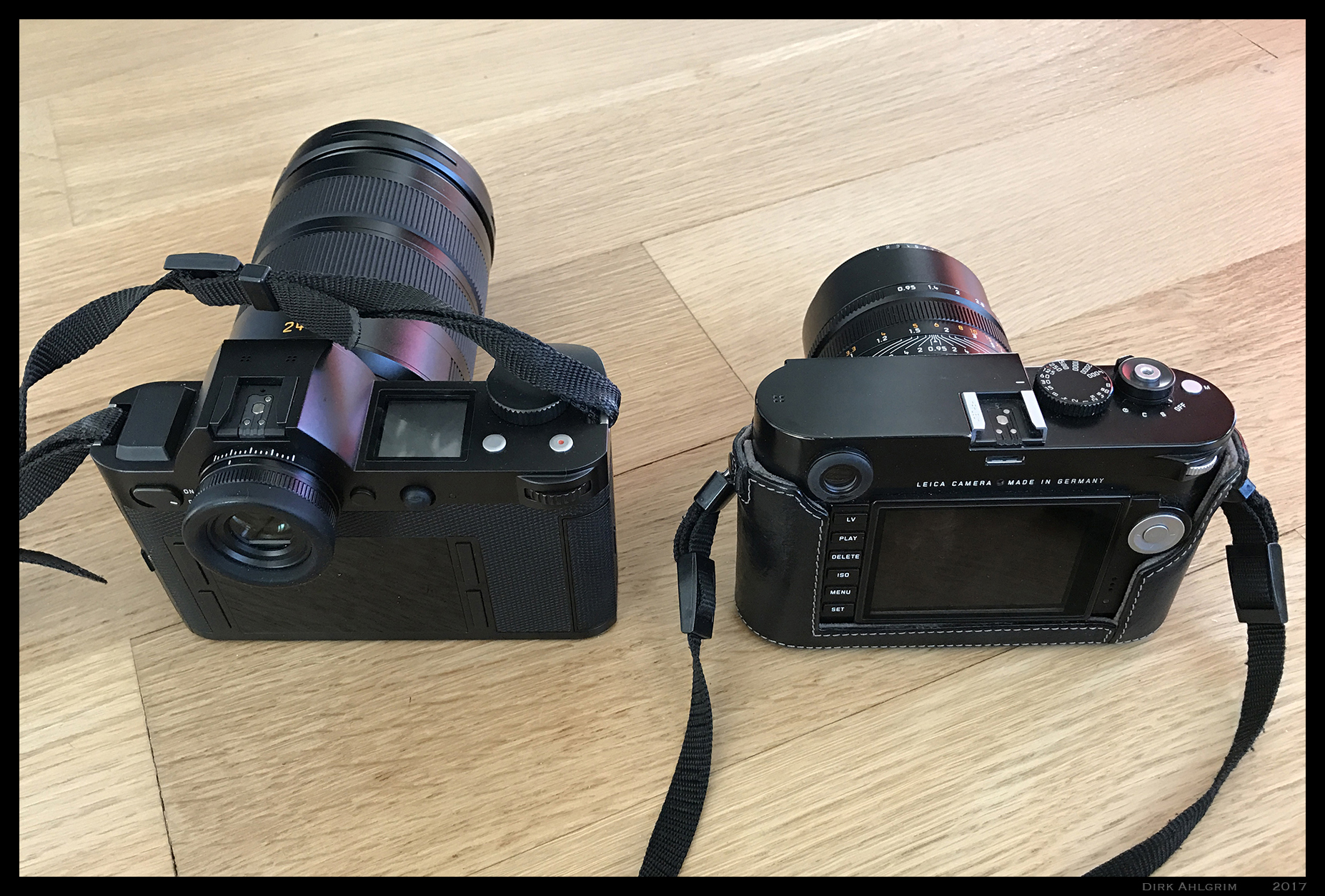
3. The SL utilizes a newer 24mp sensor and I am curious to see how it performs compared to the same-size M sensor.
Here are my impressions. Probably nothing new compared to what you may find in other reviews.
Sadly I didn’t get a M lens adapter, so I couldn’t test my M lenses on the SL. I still hope to do this at some point this year. In the meantime I had to deal with the Vario lens.
So when I left the store I walked 30 yards, took a photo, stopped, stayed, fiddled with the buttons, fiddled with the buttons, fiddled with the buttons, fiddled with the buttons…..
It takes a while to get used to the camera. As I mentioned earlier, it is targeted towards Pro DSLR users. So it comes with a lot of features and while the interface is simple, it takes bit to find your way around and to understand the logic. What may be intuitive to a DSLR user may not be intuitive to a M user. It took a bit to understand which dial operates the aperture and which one the shutter time and the exposure compensation. In the beginning I went deep into the menus to change the focus mode and the ISO setting. Later I found out that when you just hold one of the soft buttons, they don’t open a menu but they jump directly to ISO, focus, or white balance settings. Once you learn that it feels more like a M interface that uses dedicated buttons for each setting. Another great feature, but something that can drive you crazy when you don’t know, is the thumb dial. It allows you to toggle the shooting modes P,T,A and M. But who would have guessed that you can actually press that dial to confirm.It eliminates the need to dedicated confirm button. One element less on the body.
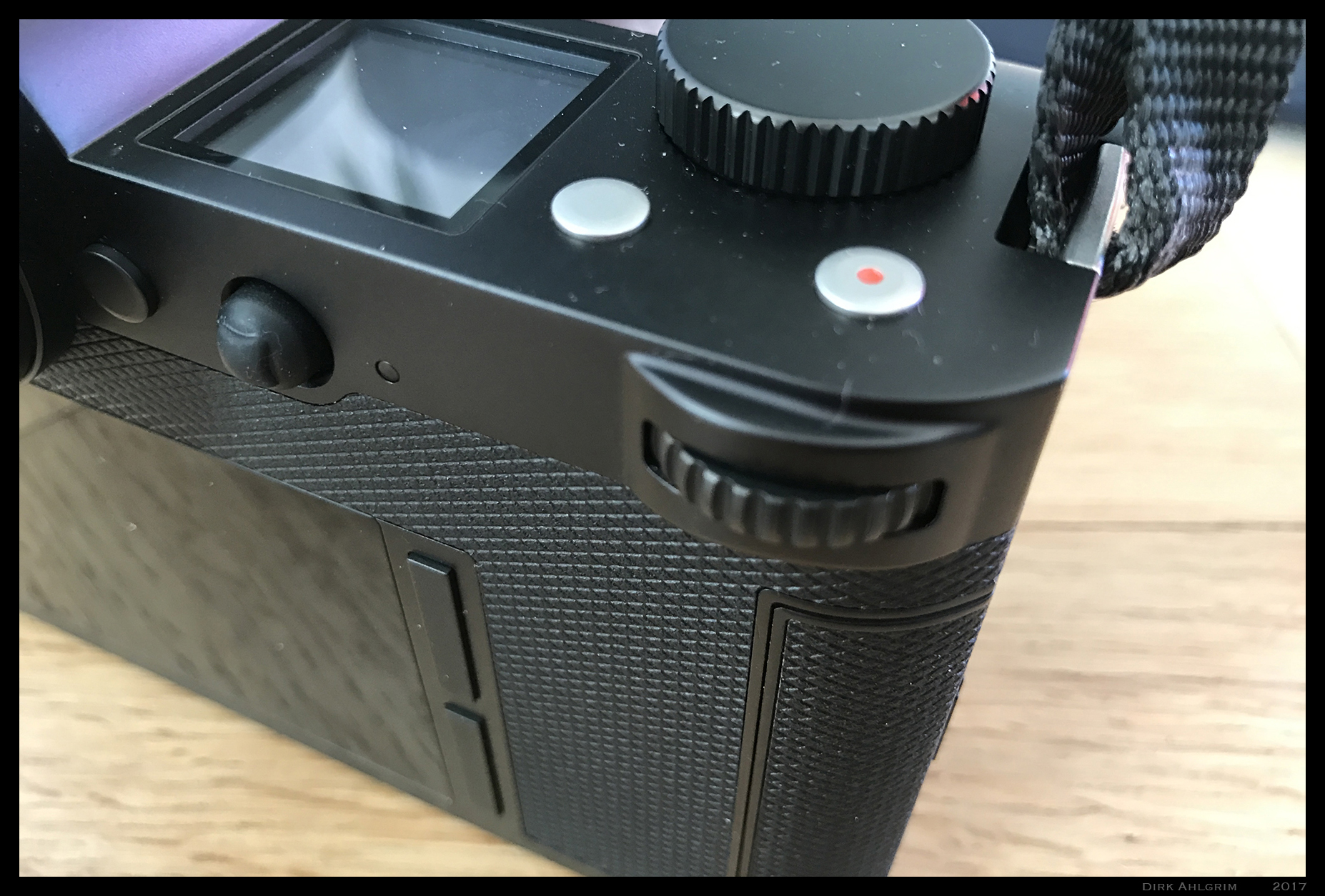
Did I mention a snowstorm? The moment I left the store the first snow flakes started to drop towards Earth.

The SL is water resistent. Still the friendly people at the store asked me not to overdo it. I had spent time with my M240 in snow storms. The Winter 2014/15 comes to mind with its record breaking storms. Here is some evidence. http://www.dirkahlgrim.com/wordpress/?p=1899
I never felt comfortable having the M lenses being exposed to the elements but there was no option to prevent it. With the SL it is a different story. Snow may accumulate on the body and lens and you just keep shooting. At least I did. I used it during the day and during the evening in low light. The focus is fast and I had no mis-focus during the entire day. The only thing that bothers me is, that the focus point can be moved around a grid. So while shooting you can push a little 5-way button to adjust the location of the focus point. On the second day I got used to the idea to actively move that point around while composing the shot. But on the first day that thing got moved around accidentally all the time. I tried to position it in the center but even after a few shots it would have moved up or to the side. You have to actively engage with it or it just starts doing its own thing. I didn’t find a feature to lock that focus point.

So what did I like?
The viewfinder. First, I can dial in my diopter correction. On the M I would need to buy a correction lens to place in front the of the viewfinder. Other cameras have diopter dials, but the one on the SL is large and tight. It is not like one of these tiny things on the side of the viewfinder bump. It is a big dial around the entire viewfinder opening.
 It reminded me of setting the diopter on a binocular.
It reminded me of setting the diopter on a binocular.
On dim days and at night the electronic viewfinder is a blast. It is sharp and detailed. You can push the bottom-left soft key and it magnifies the view. Here is one thing that I wish would be different. When you get the magnified view, it takes over the entire viewfinder. I wish it would show a magnified view just in the center while still keeping the full view around the edges. That would allow me to dial in the focus while still having an eye on composition. With critical-to-focus lenses, like the Noctilux, I would even leave that feature on in some situations so I could correct focus on moving objects and still check that the composition is not getting bananas. It would remind M users of the rangefinder focus as well, which happens in the center of the viewfinder. Right now the focus magnification button is on the back of the camera, which means you have to take your hand off the lens and move it to the back. When you use a M camera with an optional electronic viewfinder you don’t have to push a button. It magnifies as soon as you dial the focus ring. It can do this because the lenses have a little lever that moves the rangefinder mirror. This motion triggers the focus magnification. Genius. I wish the SL would do that.
On bright, sunny days, the electronic viewfinder can’t compete with the optical viewfinder. It is too contrasty, making things in the shadows look too black. It is good for composition but colors and contrast seem to be way off. It is usable but when you switch back to the M, it feels like someone has pulled back a curtain. Sure the M doesn’t have the great features of the electronic viewfinder but it is bright and clear. So on overcast days, indoors, and with low light the electronic viewfinder is magnificent. Just under high contrast you have to trust that the camera does something better than what you are seeing in front of you.
The interface. It is clean and you get used to it. Once you manage to master the buttons and dials, it is simple to operate. Personally I prefer less features and just a handful of elements to change. I guess the soft-keys and the push dial will make their way into the new M. It may reduce the interface even more compared to the current M240. Personally I prefer manual dials for aperture, shutter, and focus because I keep better track of what my settings are. I don’t mind having ISO on a screen. The current M has tiny ISO text which is barely readable but I don’t need a dial for that. Rumors are that a new M will introduce an Iso dial on the top-left side. That is something that I will accidentally turn every time I put the camera back into a bag. The SL interface has great elements but overall it has too many features for me. DSLR users may need all the custom settings but I don’t. Still it is a magnificent achievement to simplify the complexity of a Pro camera to the level of the SL interface. Congrats.
A minor detail is the on/off button. It is a dedicated switch on the left side. Personally I prefer the switch on the M, which is right around the shutter button. I like to grab the camera with my right hand and turn that switch while moving the camera up to my eye. It is one smooth move that activates the technology and aligns my body to be ready by the time the camera reaches the eye. With the SL you have to use the left hand to turn on the camera. You find this on many DSLR camera. It is fine for most shooters, but for street shooting I want to activate the camera with my right hand only.
The sensor. 24mp is the same resolution that I am using on the M240. But the SL sensor is newer and it shows. When I take shots at low light at ISO 2000 with the M, and I push them a bit in Lightroom, I get horizontal stripes very quickly. With the SL I took images with ISO 6400 and I was able to push some shadows and would not see any stripes.The low-light ability really impressed.

Colors looked beautiful on the screen. I didn’t do a direct comparison to the M240. I have heard that colors would be better but overall I didn’t experience a big aha effect. Colors are accurate, and white balance always seemed to be correct. That required less corrections in Lightroom.

What else did I like? The lens is amazing. Very sharp and fast to focus. It is big and heavy but I enjoyed having a zoom for my walk around. I would just not use it on a daily basis because of the size and weight. Sadly no M adapter was available to test my M lenses. Combining the modern body with the manual, compact lenses may be a dream, I just think they look a bit strange on that larger body with the viewfinder bump.
On the way back to the dealer the battery ran out of juice. I took 322 images and charged it a bit for 15 minutes on the second day before walking to the store. Running the screens just sucks power. With the M I sometimes travel for a few days without even bringing the charger. I have gotten so spoiled.
Overall I enjoyed the camera but at the same time it was ok to give it back. It provides a glimpse of what the future M may be and I am looking forward to see what Leica may do with the next M.
If you ever want to play with a high-end Leica, just go to your nearest Leica store and bring 2 credit cards. It gets you out of the house, makes you enjoy the weather, and it doesn’t cost anything. Just don’t drop that thing on an icy walkway. And who knows, you may actually buy that camera because it is really an amazing piece of technology.
Thanks to Leica Store Boston for this amazing experience.
Here are a few images from my day.
Enjoy. D!RK
www.dirkahlgrim.com

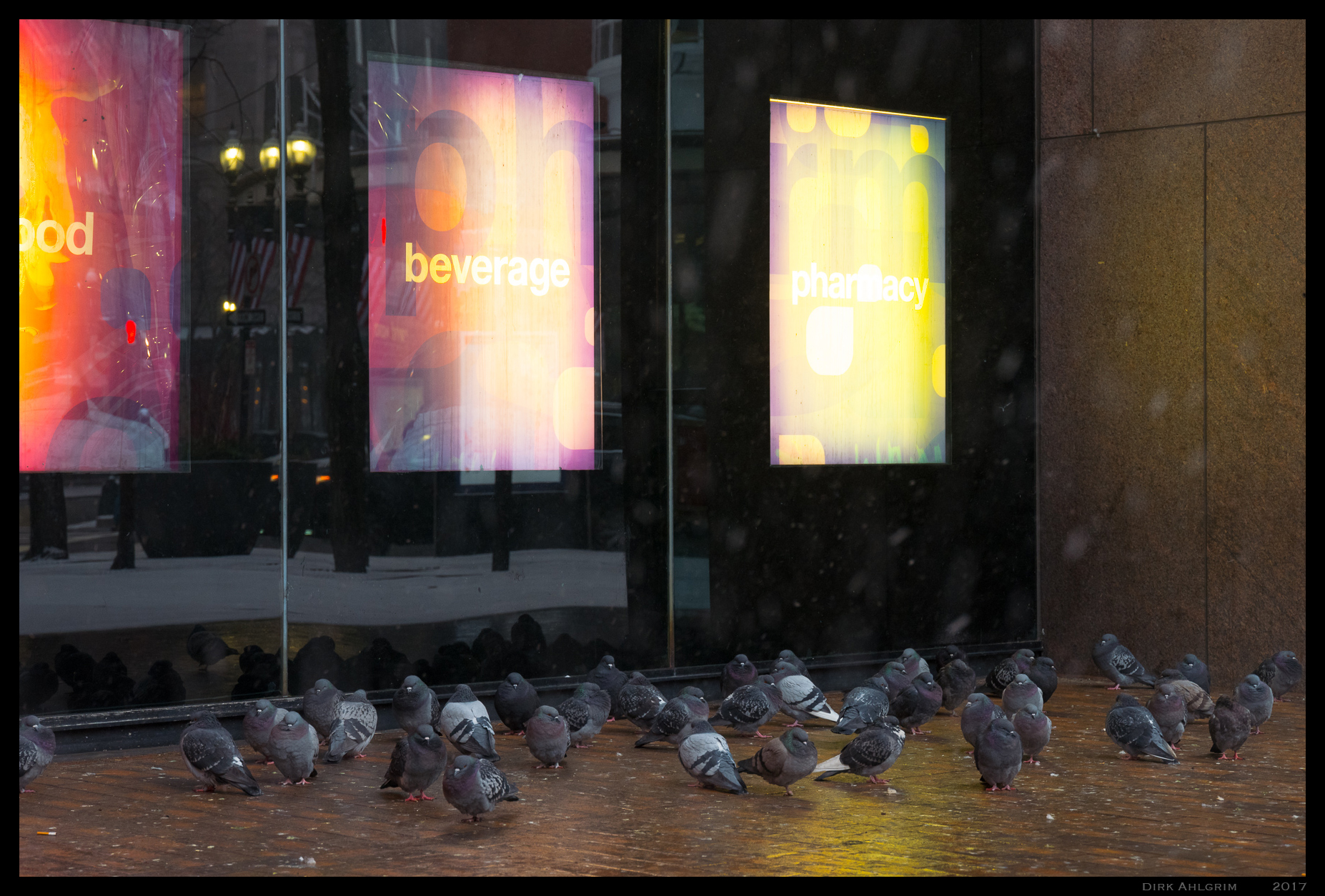


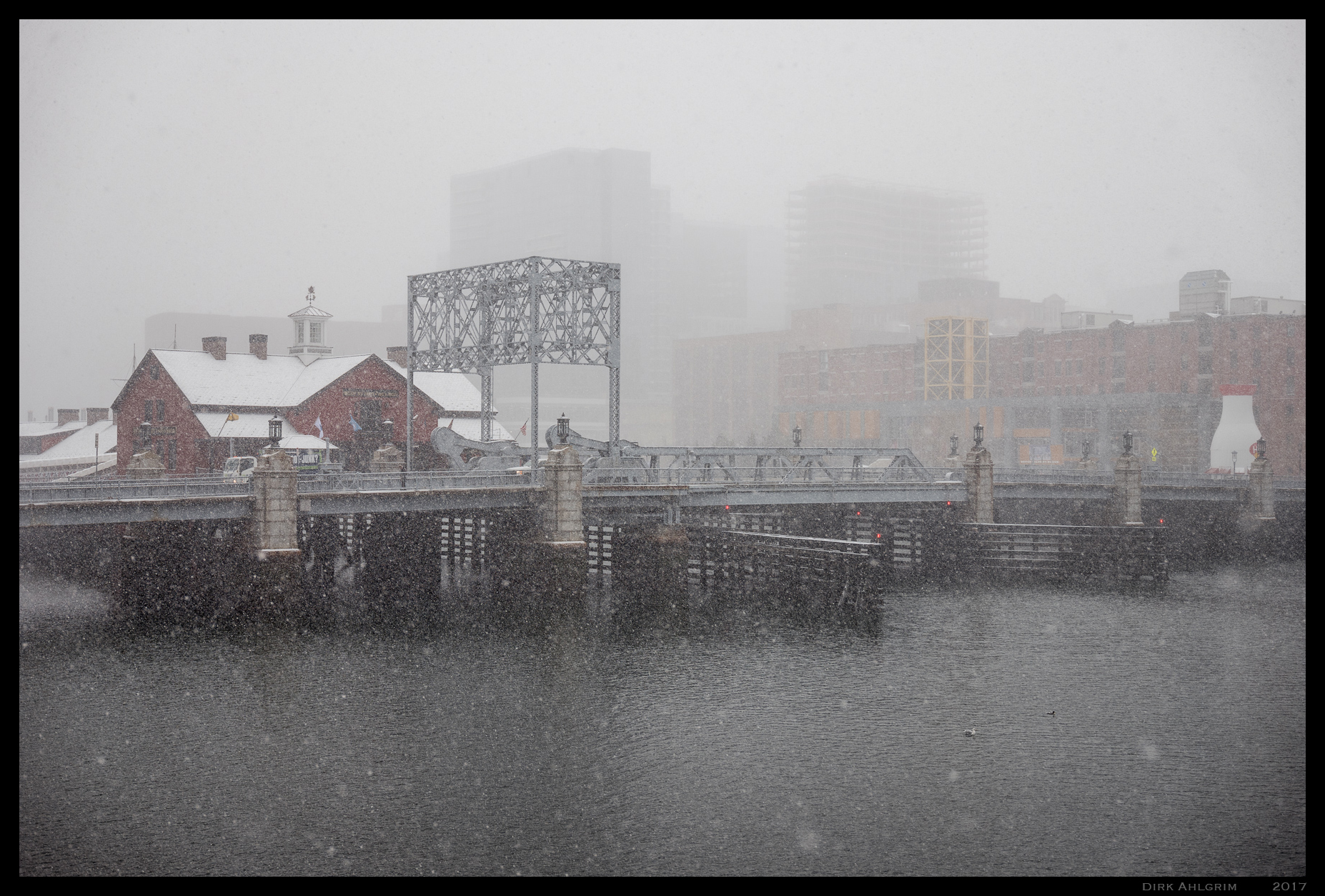
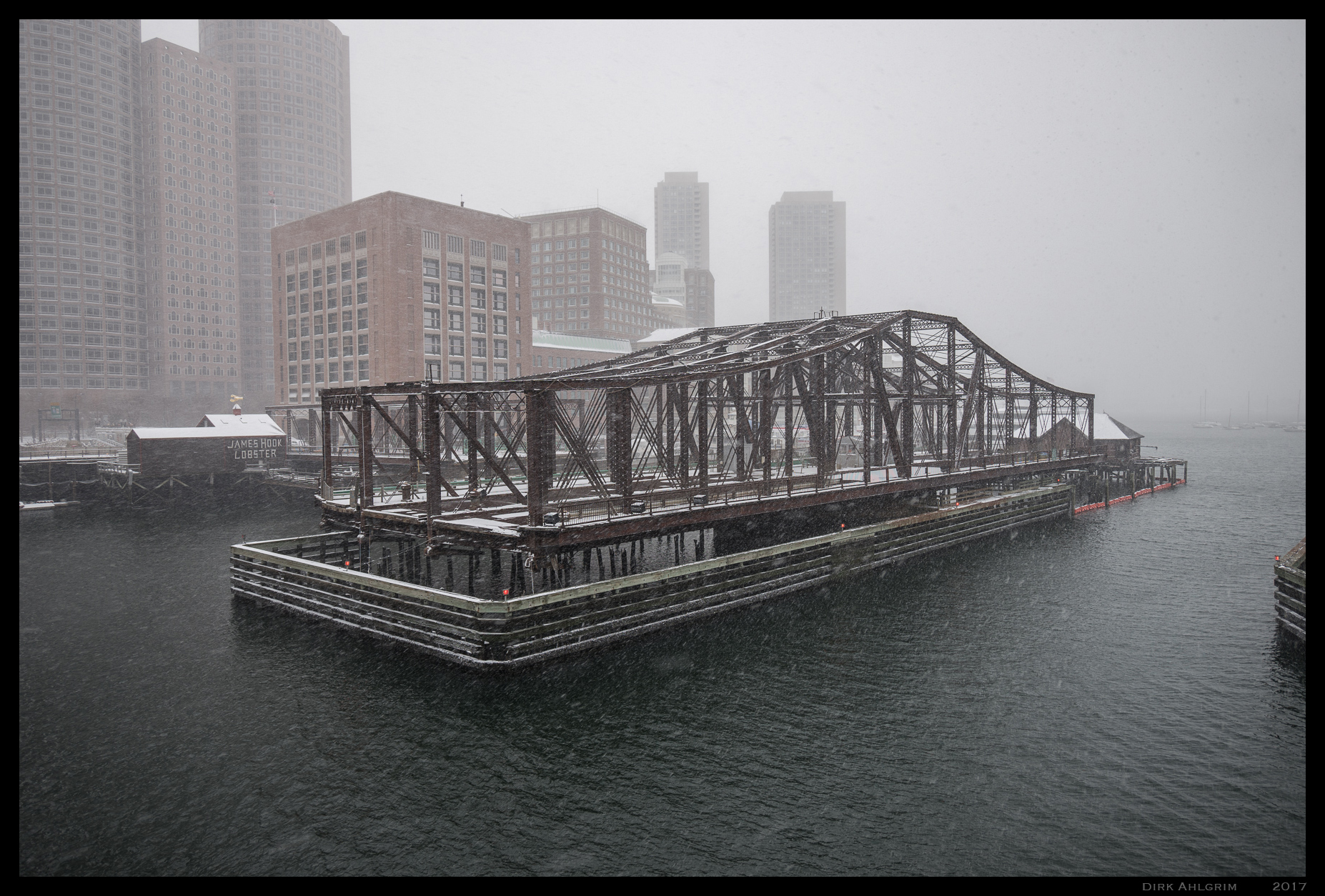
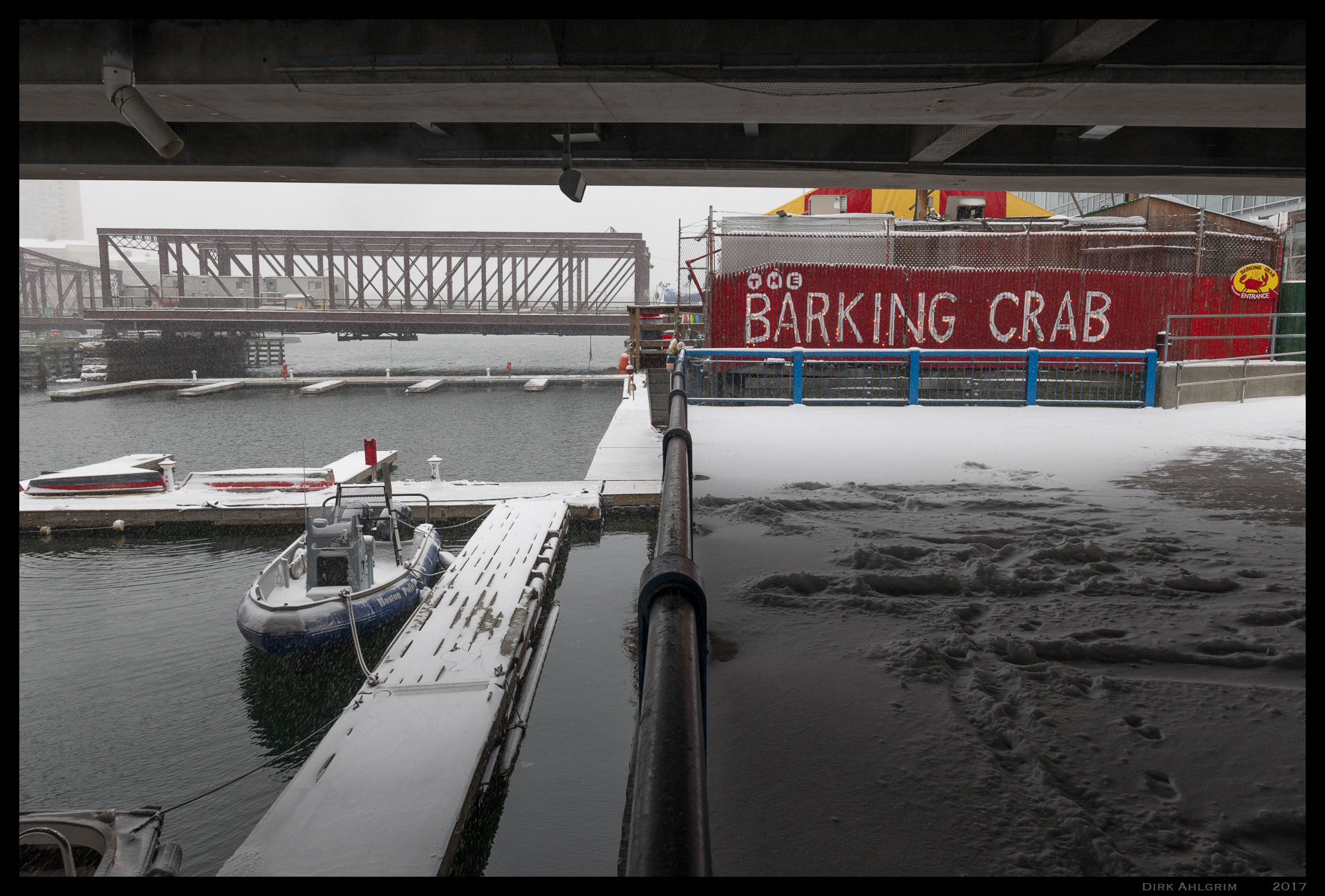
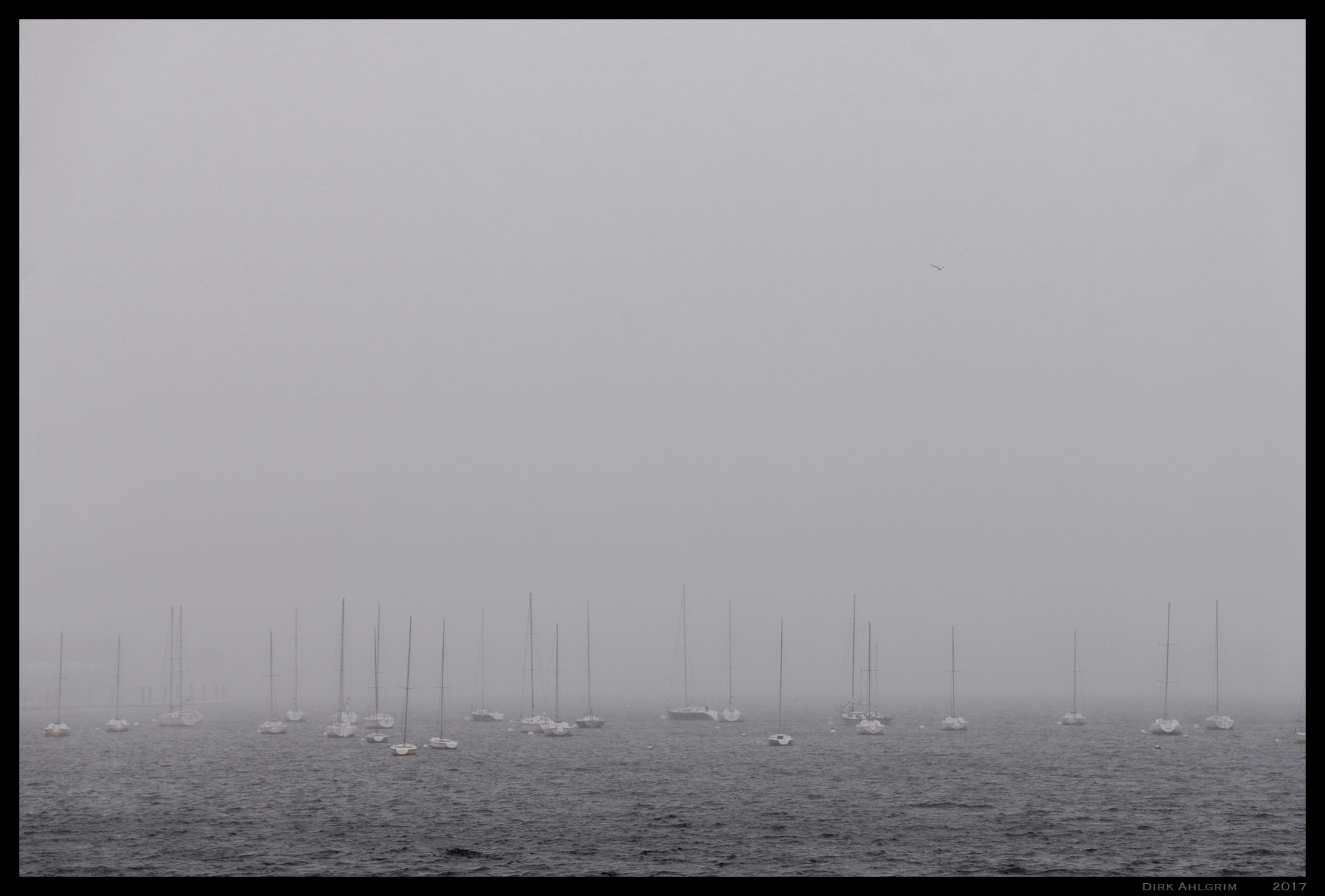

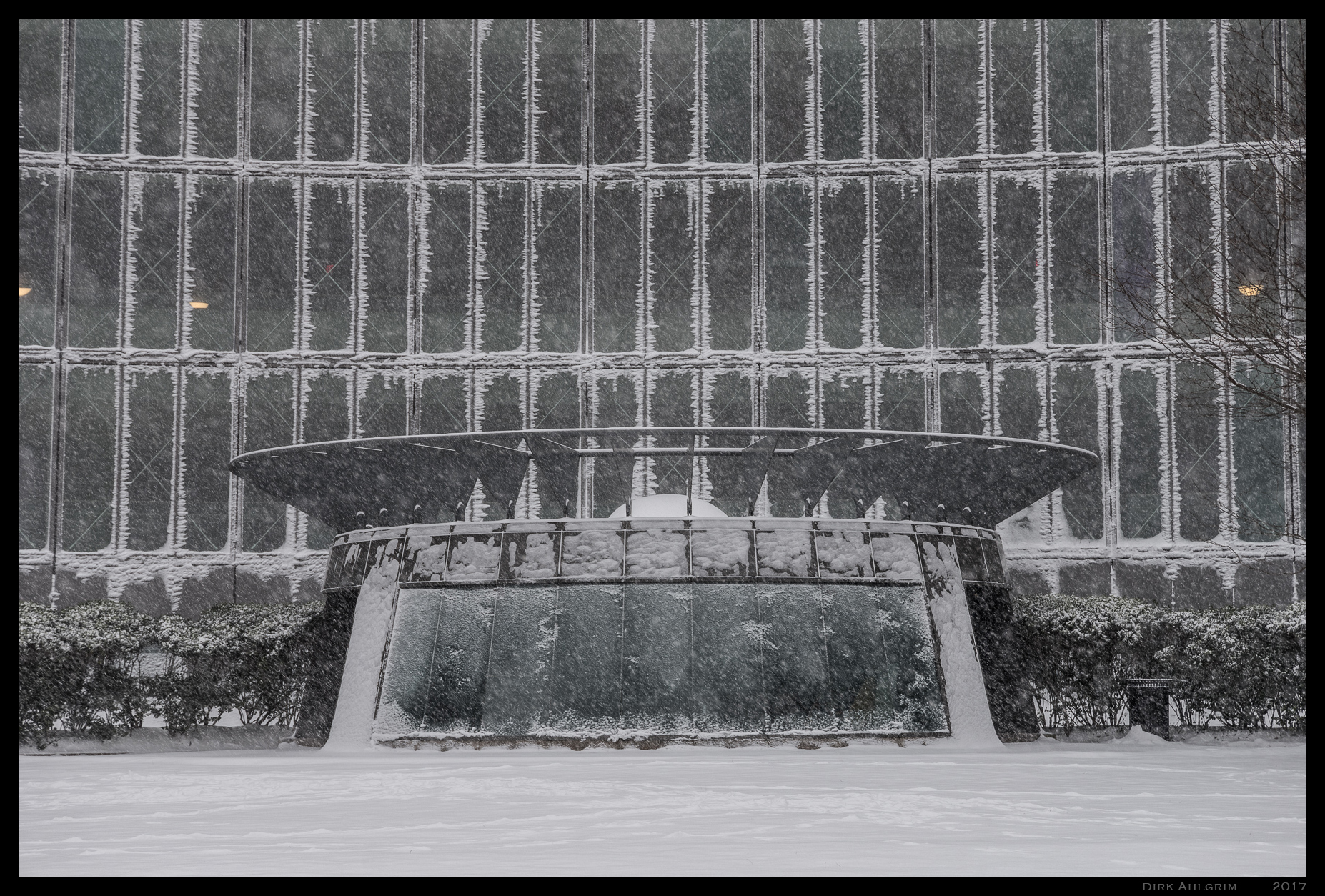
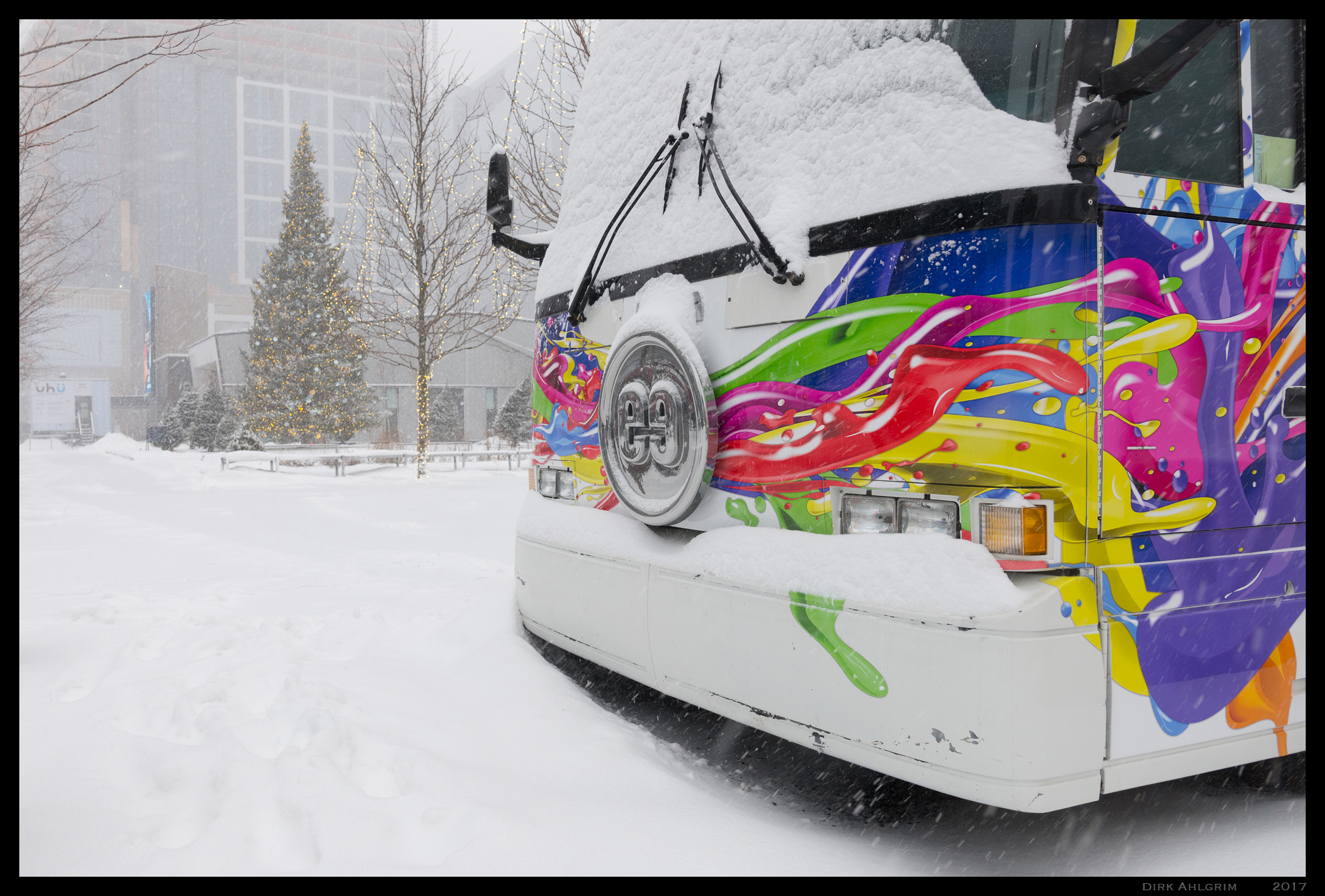
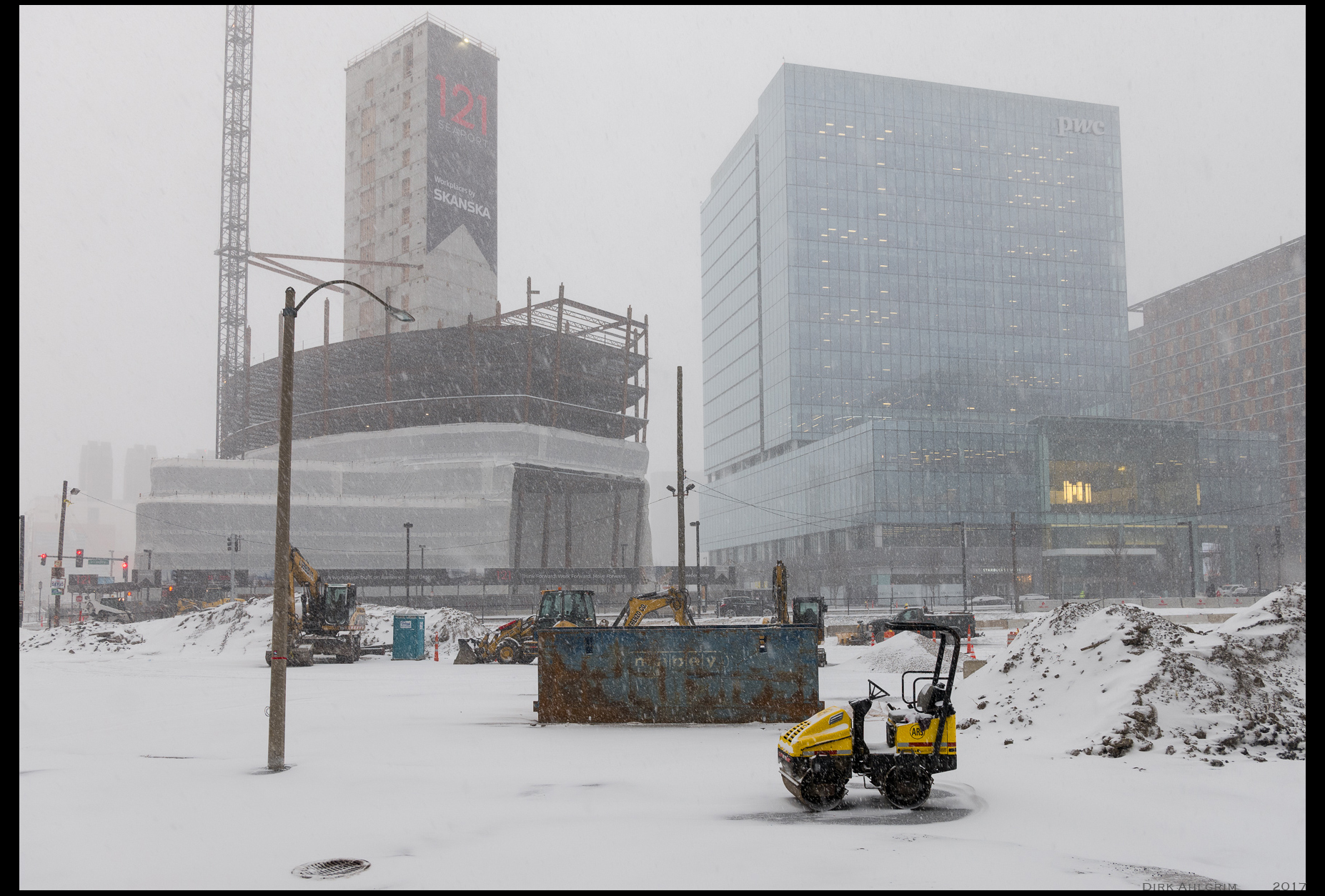

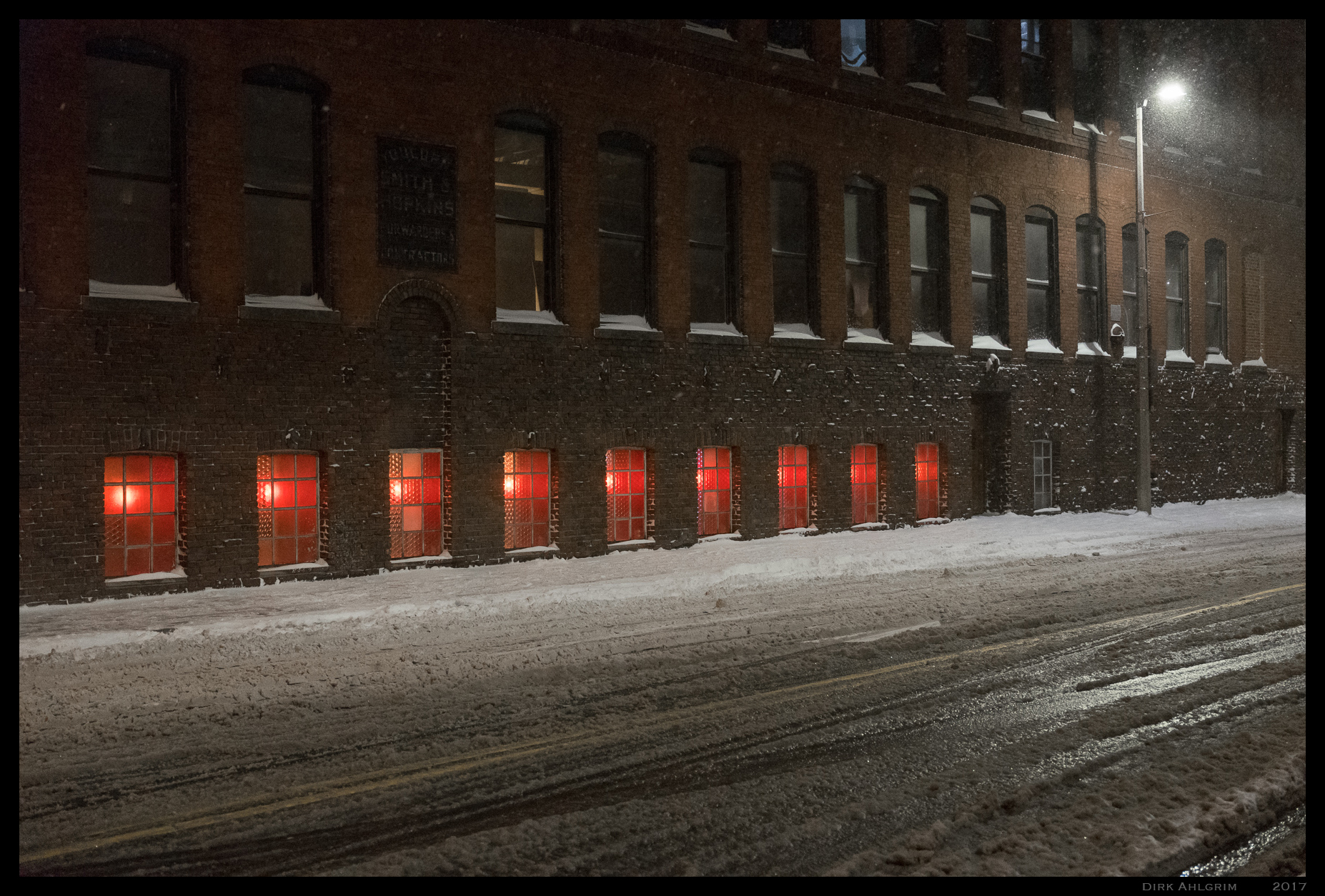
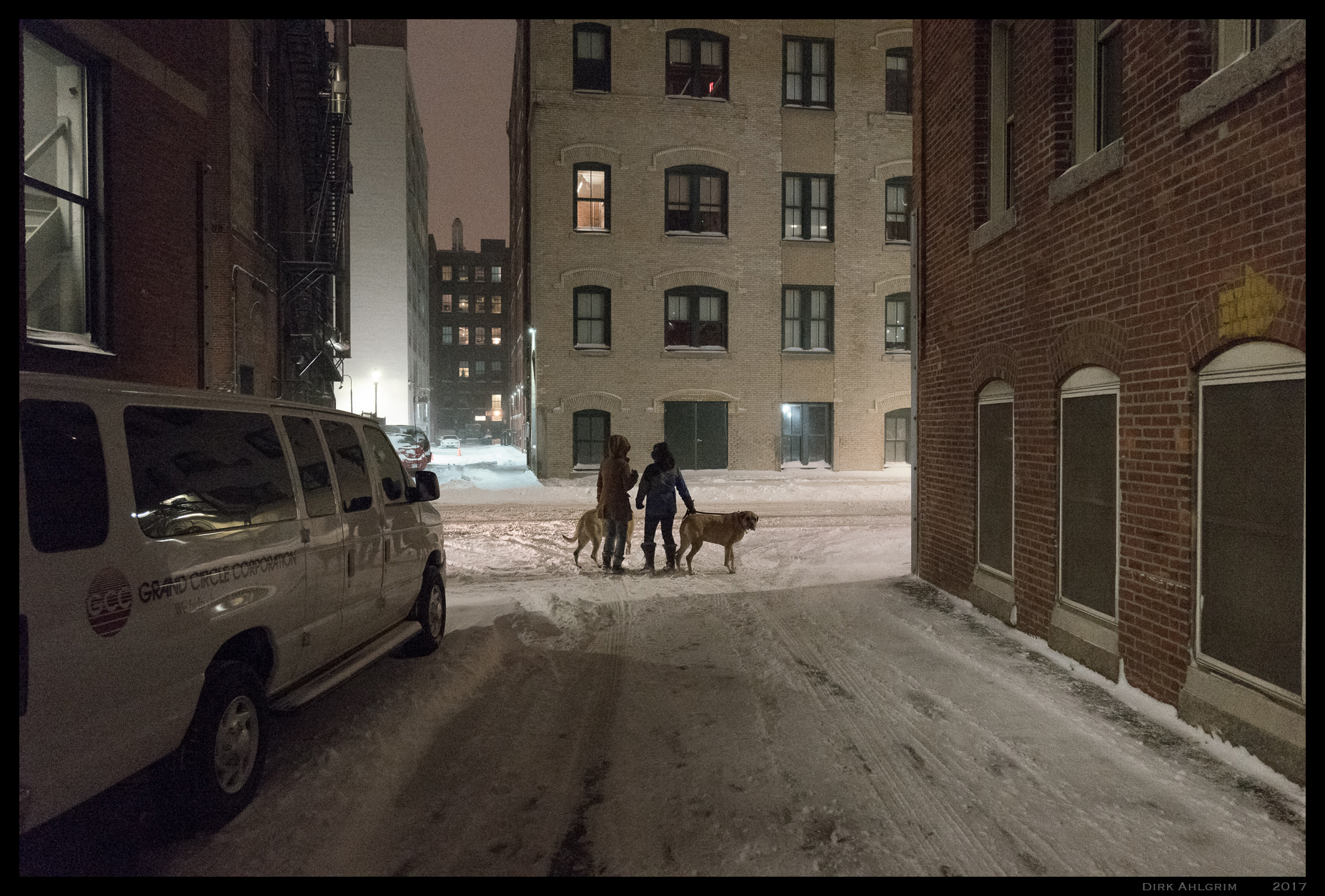

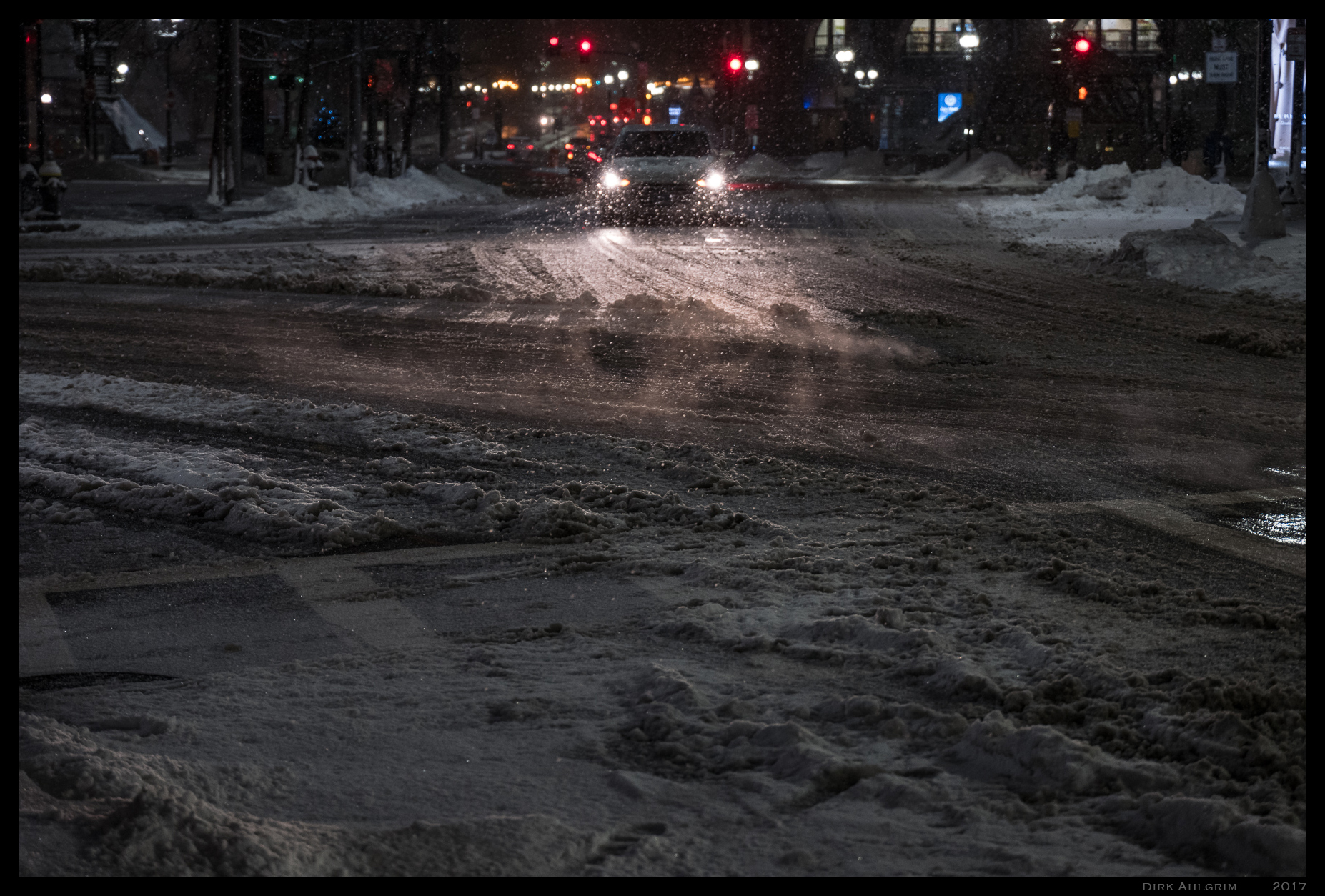


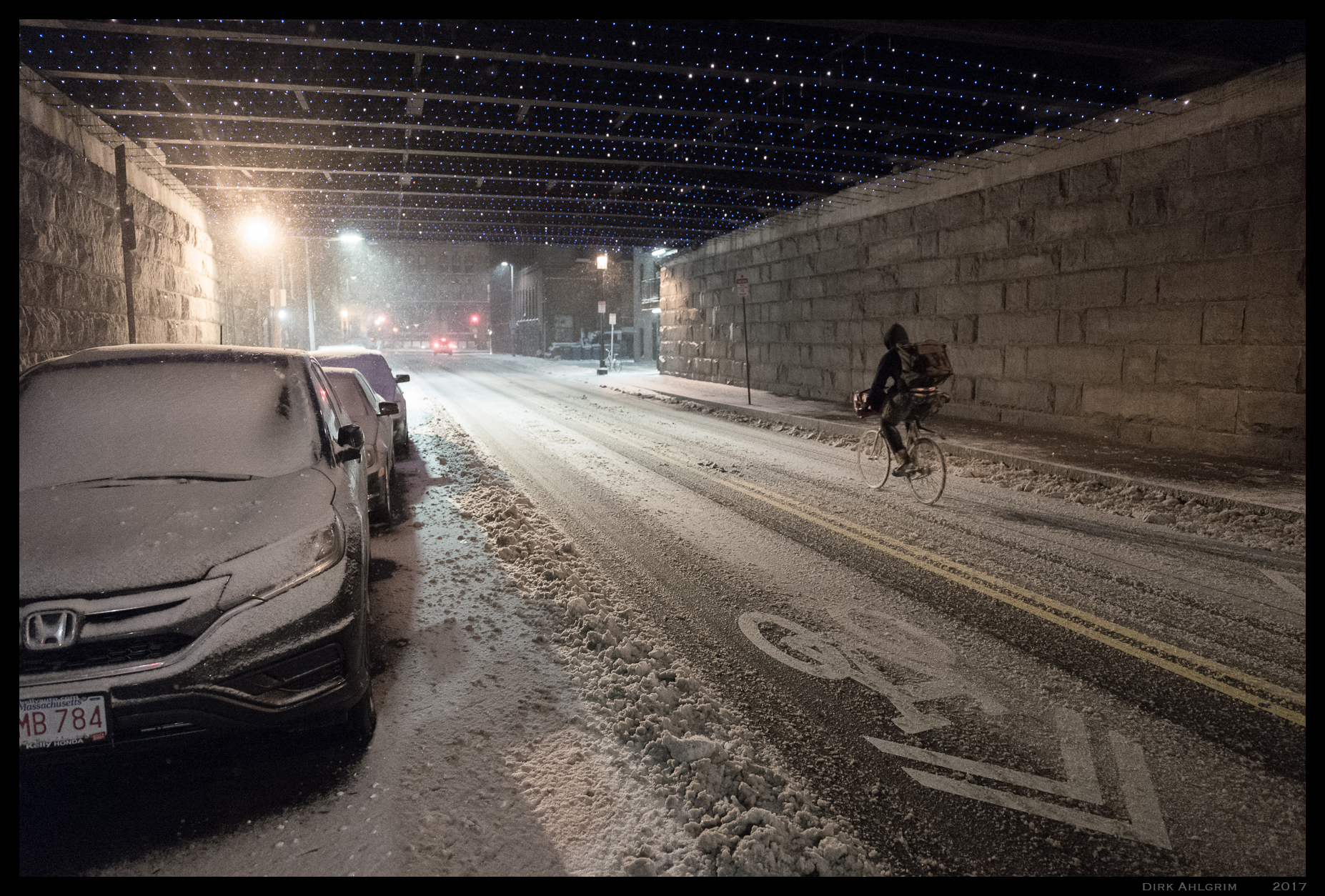
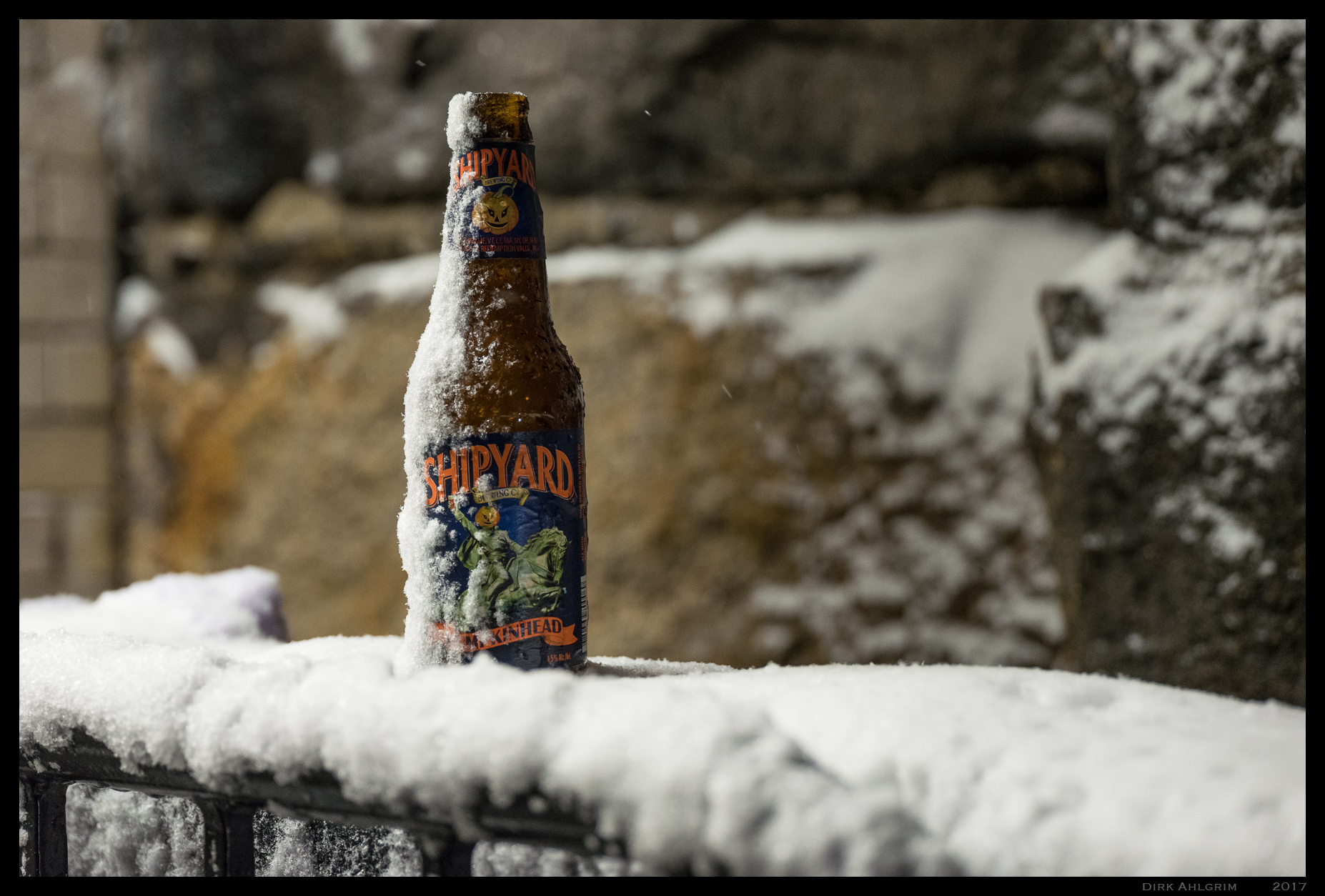
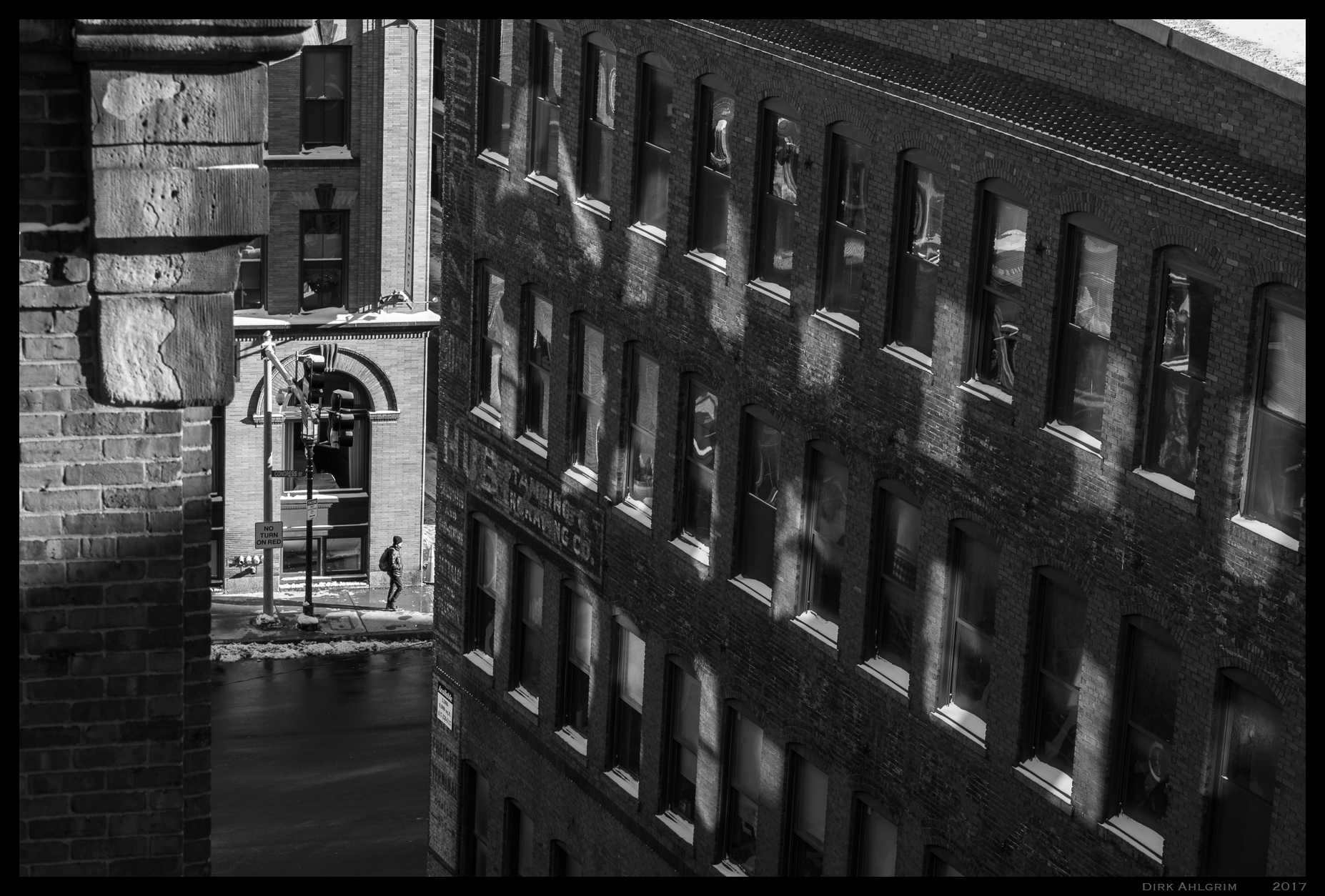
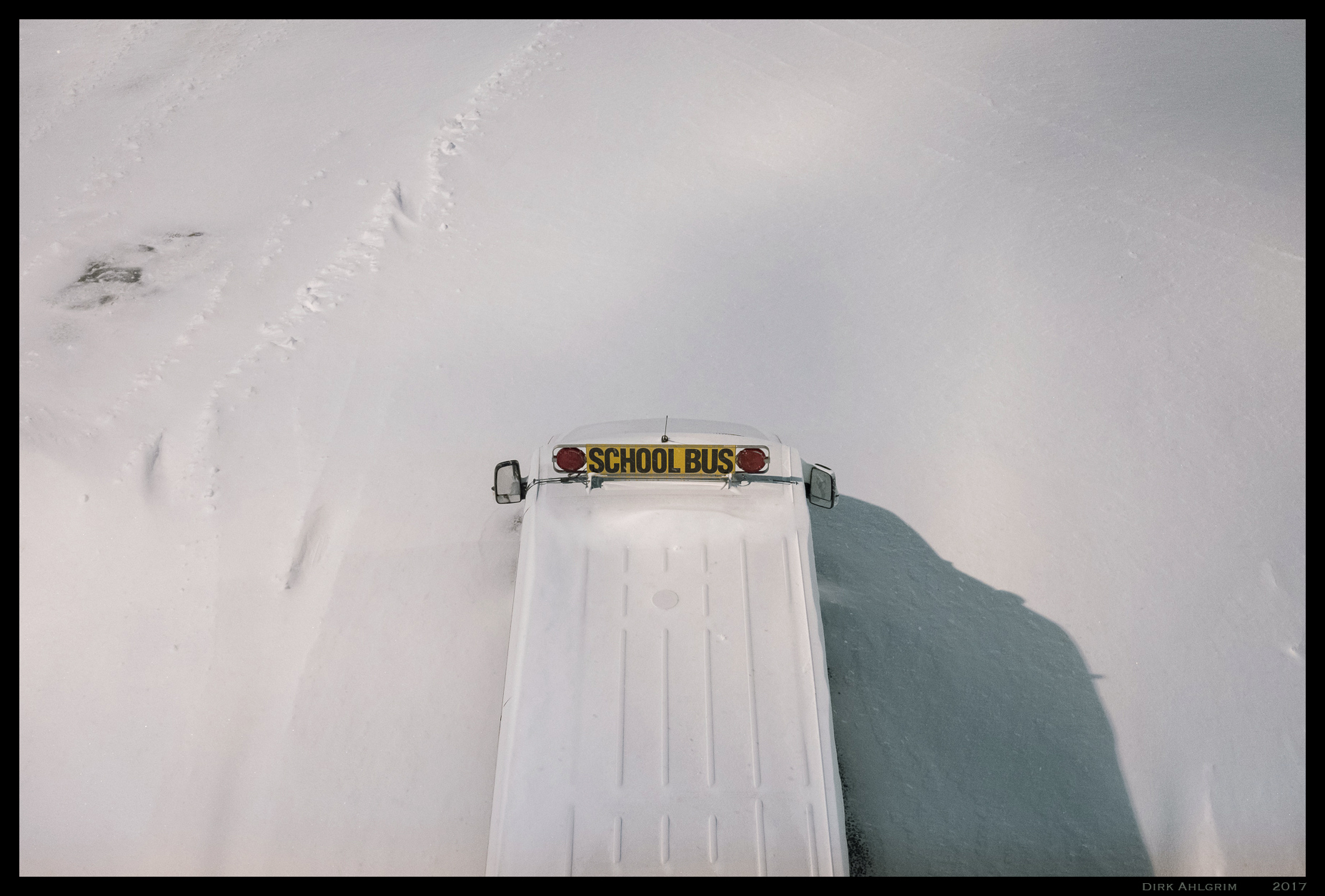

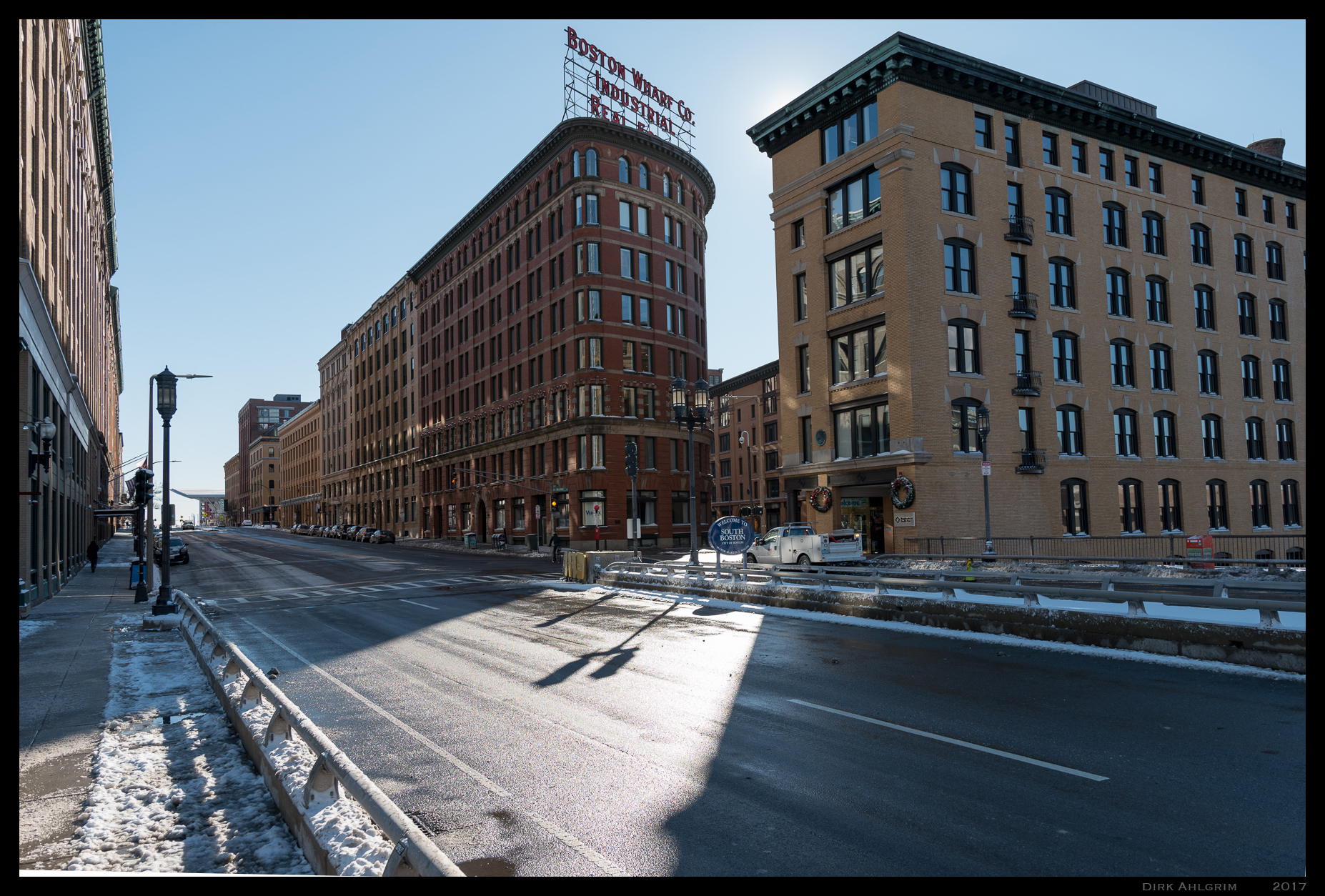
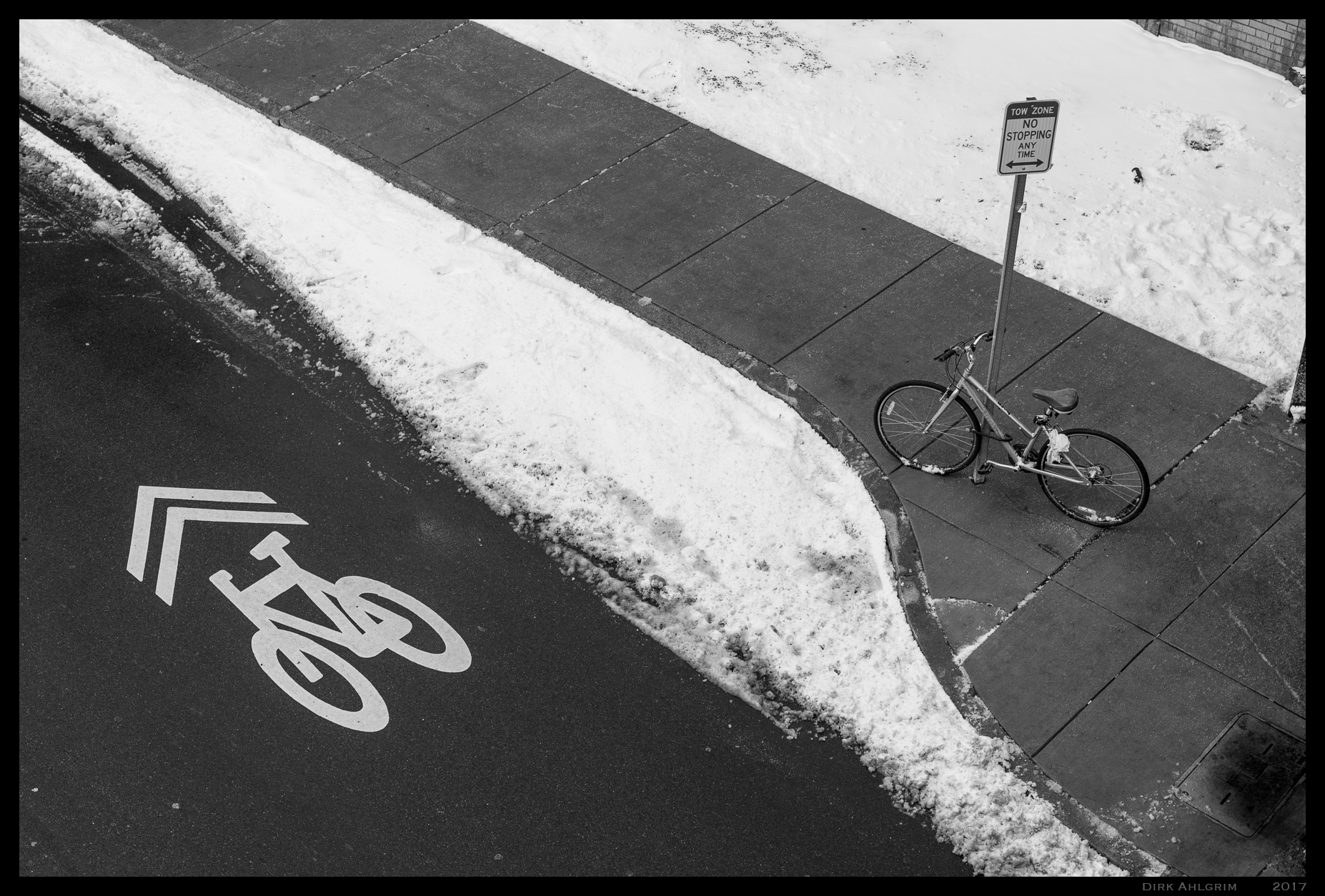
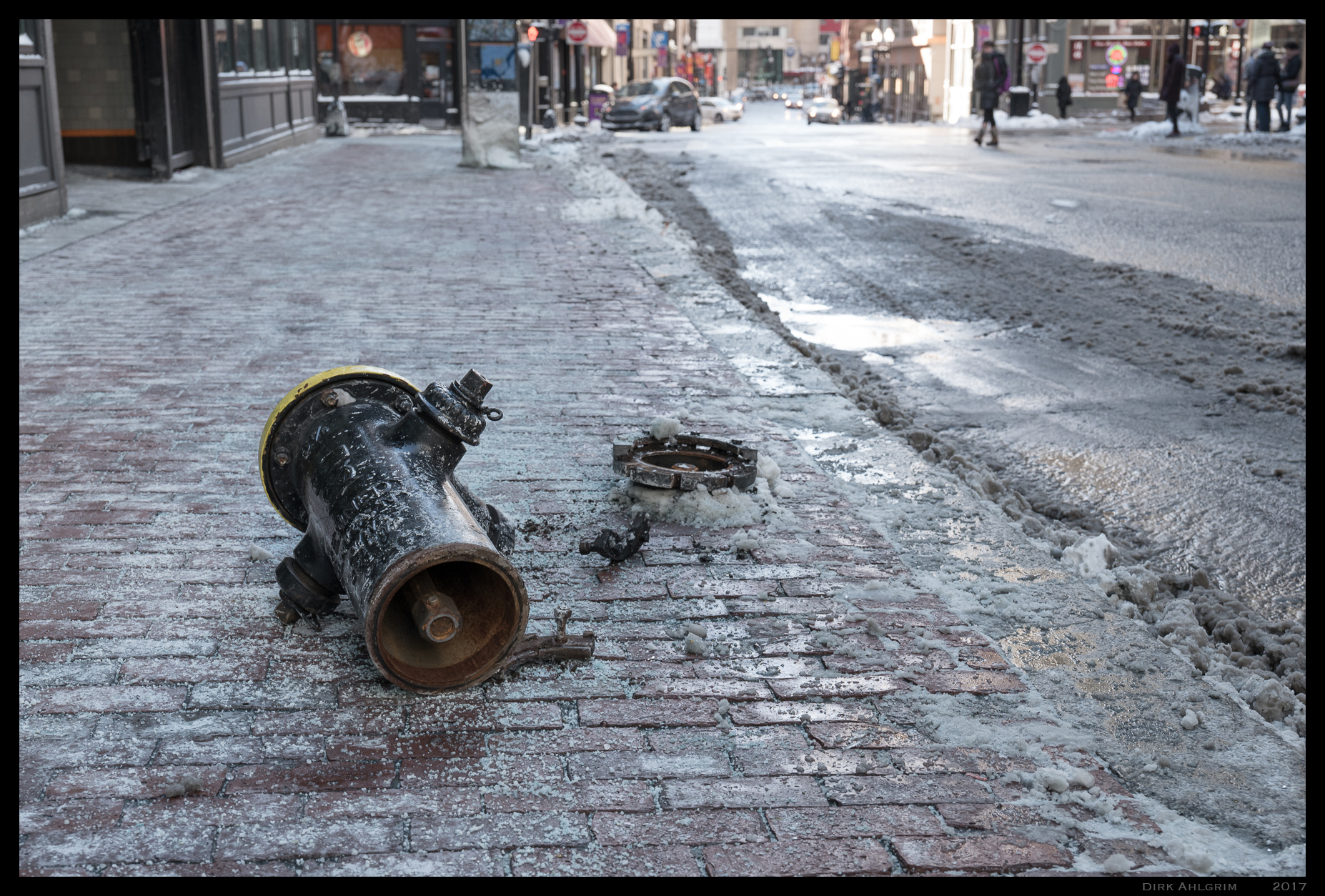
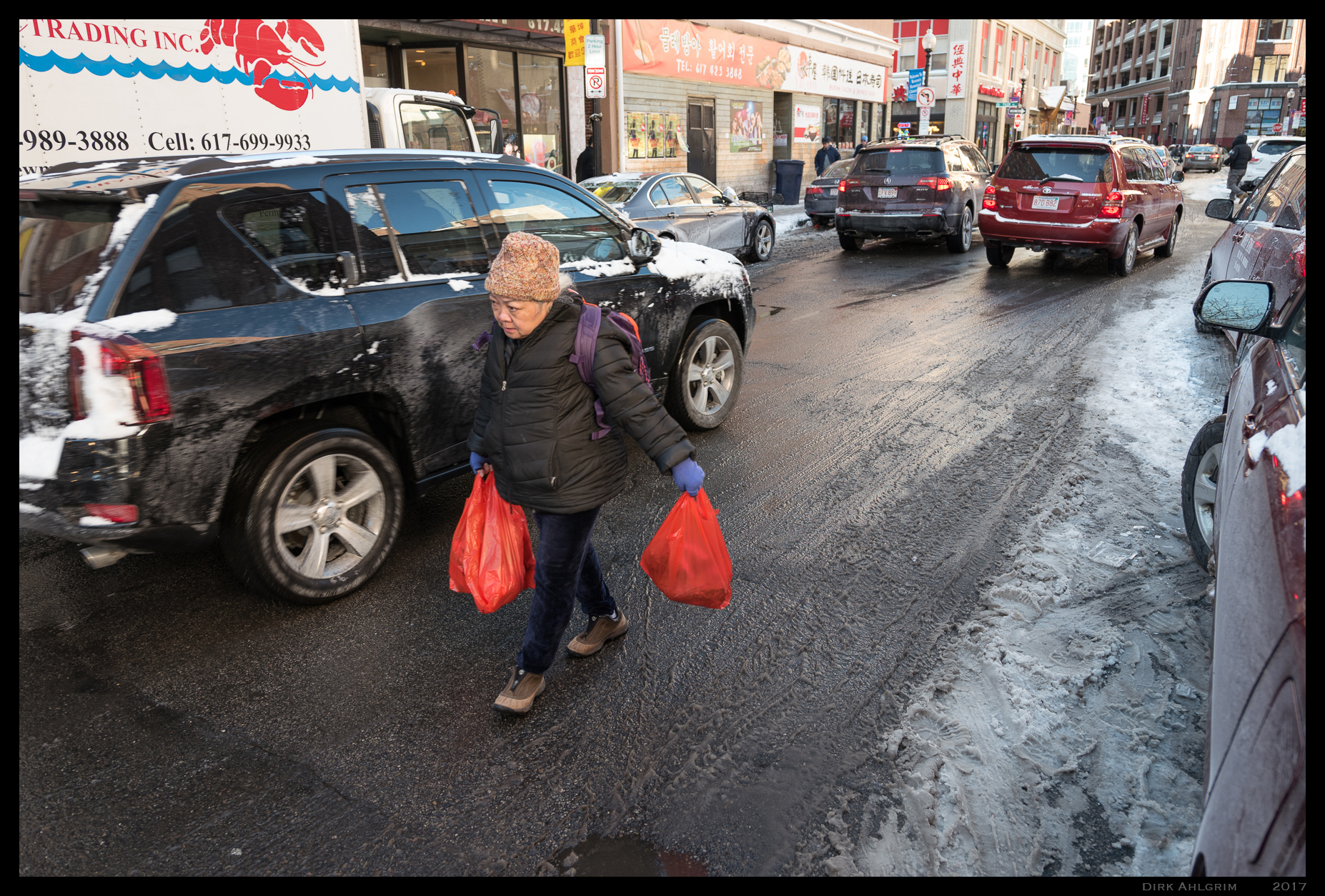





Dirk, I enjoyed your SL article. I’ve had the SL and 24-90 for nearly a year and have a love-hate relationship. I love it as a camera, for what it can do, for the results; but I hate the weight and size. Consequently it doesn’t get as much use as I would like. I simply get cold feet at the thought of carrying it around all day.
You raise one interesting point, the wayward joystick and the difficulty of achieving a fixed centre focus point. Everyone has had this trouble and it took me some time — and a joint session with a Leica expert at London HQ — to figure out how to do it. I explained it all int the following article:
http://macfilos.com/photo/2016/5/18/leica-sl-taming-the-wayward-joystick-to-allow-a-fixed-centre-focus-area
Incidentally, with your permission I would like to do a link piece to your article and, if possible, use one or two of the shots (including the show on camera shot).
Mike Evans
Editor | Macfilos.com
Hi Mike
Thank you for your reply and the link to the focus point fix. This would have made it easier for me as well. I have been growing up with center point focusing and with the M that is the way you do it. I can see that once you master the joystick it may be an amazingly fast tool. But to me it was more of a hindrance. Your link is something worth sharing. I wish Leica would have made that option more obvious. In regards to weight: Keeping the weight down and the system tight is really important to me. The Noctilux is already pushing it over the edge a bit. While I love the SL and the Vario lens for a dedicated shooting day, I would not take it with me in case I discover something interesting to photograph. That’s why I am curious about using the M lenses on the SL, because it may be a manageable combination with a lot of modern features that the M would not provide, still being a tight package. Yes, you can use some images on your site. Thanks for sharing your thoughts. D!RK
Dirk,
Here’s the link. Let me know if there are any factual errors.
http://macfilos.com/photo/2017/1/11/leica-sl-on-a-test-drive-in-snowy-boston
Mike Evans
Editor | Macfilos.com
27 Old Gloucester Street
London, WC1N 3AX
Hi Mike. Looking good to me. Thanks for sharing. D!RK